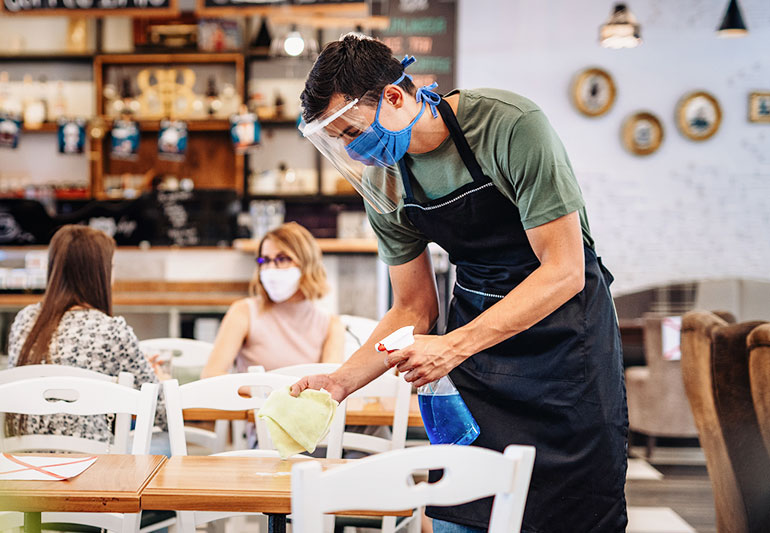
Few industries were impacted as radically by the pandemic as the hospitality sector. Restaurants, in particular, bore the brunt of seismic changes to their operations and, during the height of the crisis, were forced to adapt or fold for good.
While COVID is still a concern in many parts of the globe, including California, many of the measures and restrictions intended to manage its spread have now been eased or removed altogether.
So what trends have emerged in the restaurant biz which will shape the experience of dining once the coronavirus is no longer a threat?
Delivery services are no longer optional.
Ordering takeout used to be possible at a select number of restaurants specifically set up to cater to this market.
ADVERTISEMENT
With the rise of services like Uber Eats, which began life in California before spreading globally, and the catalyst of the pandemic, it’s now the norm for a much broader array of eateries to offer delivery services to customers who don’t want to visit in-person.
This, in turn, has perpetuated the proliferation of so-called ‘ghost kitchens,’ essentially industrial units that don’t seat diners but simply exist to prepare takeout orders, often for existing restaurants and brands with physical locations elsewhere.
Labor shortages are an ongoing challenge.
There are not enough workers to fill available roles in many of California’s industries, including healthcare.
Perhaps unsurprisingly, this trend also impacts restaurants, and even with the pandemic receding, short-term illness and long-term conditions are more likely to disrupt operations than in the past.
In order to attract and retain team members, restaurants are increasing wages, as well as offering other perks and benefits. More temporary employees are also being used to bridge the gap.
Chains and franchises are more dominant.
A look at restaurant openings and reopening reveals that many of the establishments which are emerging post-COVID are not unique outlets but rather locations operated by large hospitality brands.
It’s to be expected that the companies with the biggest budgets and most consumer clout would also be positioned to recover from pandemic shutdowns faster than independents. But the ripple effect of this might have a longer-lasting influence over the restaurant industry.
Chains and franchises aren’t just in a stronger position to open new locations or revive previously shuttered stores; they can also absorb rent increases and maximize profitability because they’ve got access to vast supply chains and centralized support.
Technology is altering the customer experience.
There’s no question that the availability of tech helped the boom in restaurant delivery during the pandemic. However, it’s also the in-house dining experience that’s shifting under the onslaught of new systems and solutions.
The unglamorous yet effective QR code is a great example of this. Whether providing access to nutritional info or allowing customers to place orders from their table without needing a server to attend to them, it’s a solution to many of the post-COVID conundrums that food outlets are facing.
Behind the scenes, software that can predict demand and adjust the orders restaurants place with suppliers to ensure that they’re only receiving the amounts of produce they require is allowing for waste to be minimized, along with costs.
Final thoughts
One thing that seems set in stone is that people still enjoy going out to dinner, and restaurants will always be there to satisfy this demand, in spite of the blow that the pandemic dealt to the industry.
Whether ‘normality’ will ever be restored is uncertain, although if the customer experience is more convenient and flexible, most won’t be in a hurry to get back to the old ways of doing things.
